In the far northeastern corner of Uganda, where the savannah stretches endlessly beneath vast African skies, lies one of the continent’s best-kept secrets. Kidepo Valley National Park remains blissfully untouched by mass tourism, offering intrepid travelers an authentic wilderness experience that has become increasingly rare in East Africa.
Africa’s Hidden Gem
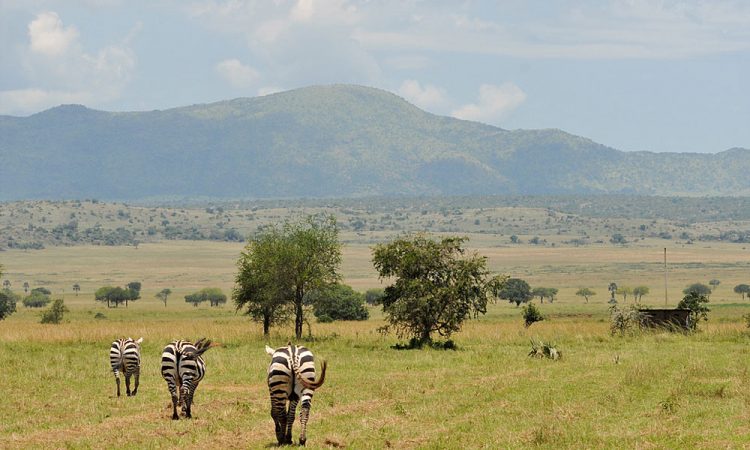
While tourists flock to the crowded circuits of the Serengeti and Maasai Mara, Kidepo Valley National Park sits in splendid isolation, receiving fewer than 2,000 visitors annually. This remote 1,442-square-kilometer wilderness, wedged between the borders of South Sudan and Kenya, represents what East African parks looked like half a century ago—raw, wild, and magnificently unspoiled.
The journey to Kidepo is part of its appeal. Whether you choose the scenic 10-hour drive from Kampala through changing landscapes or the more practical charter flight to the park’s airstrip, the sense of adventure begins long before you arrive. This remoteness has preserved Kidepo’s pristine character, making it a sanctuary for wildlife and a refuge for travelers seeking solitude.
A Landscape Like No Other
Kidepo’s dramatic topography sets it apart from Uganda’s other national parks. The park encompasses two major valley systems—the Kidepo and Narus valleys—each with its own distinct character. The Narus Valley, with its permanent water sources, serves as the park’s wildlife hub, while the seasonal Kidepo Valley presents a more austere beauty, dominated by the imposing silhouette of Mount Morungole.
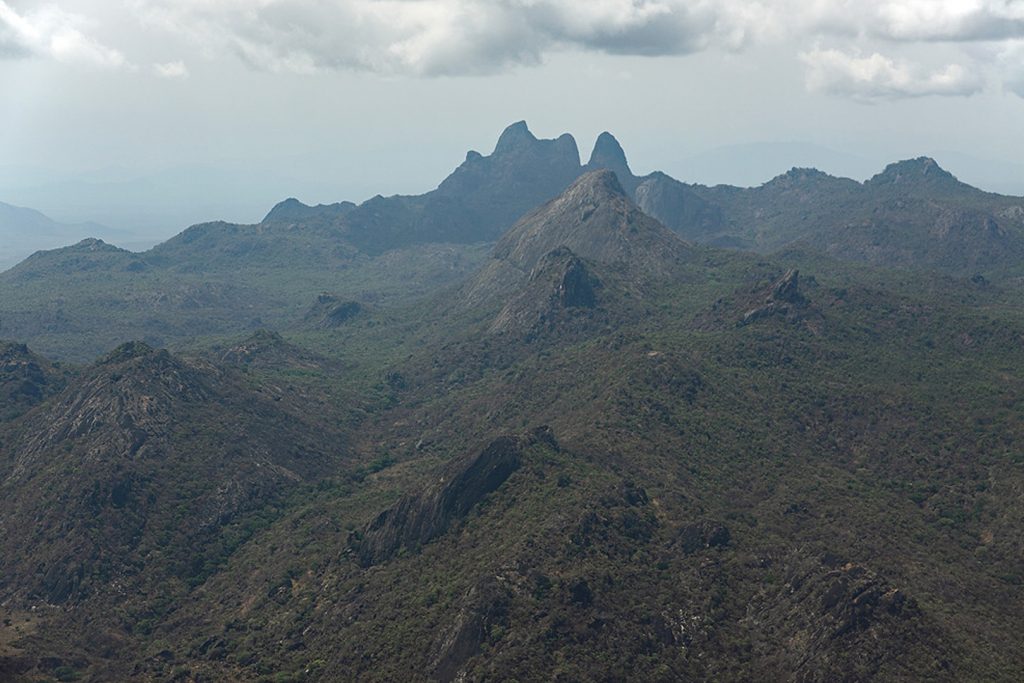
The landscape shifts dramatically with the seasons. During the dry months, the golden grasslands shimmer under the equatorial sun, creating an almost dreamlike quality to the light. When the rains arrive, the park transforms into a verdant paradise, with wildflowers carpeting the valleys and the Kidepo River flowing once again.
The rocky outcrops and scattered borassus palms add sculptural drama to the sweeping plains, while the distant mountain ranges—the Morungole range to the south and the Napore hills to the northeast—frame the valleys in shades of blue and purple at dawn and dusk.
Wildlife in Abundance
Despite its small visitor numbers, Kidepo boasts one of the highest biodiversity levels of any Ugandan national park. The park is home to approximately 77 mammal species and over 475 bird species, including several that can be found nowhere else in Uganda.
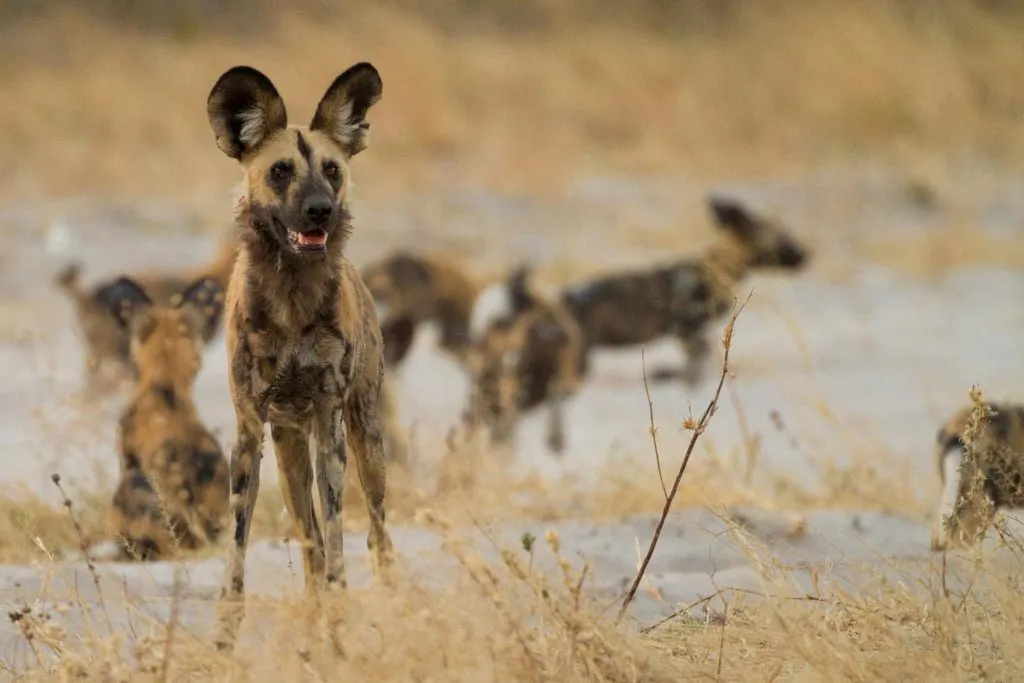
Lions are the undisputed rulers here, and with fewer vehicles to disturb them, they behave naturally, offering photographers and wildlife enthusiasts extraordinary opportunities for observation. The park’s elephant population has recovered impressively from poaching pressures of past decades, and herds now roam freely across the valleys.
Kidepo is one of the few places in Uganda where you can spot cheetahs, those elegant speedsters that prefer open savannah. The park also harbors large populations of buffalo, often gathering in herds several hundred strong near the Narus Valley watering holes during the dry season.
For the truly fortunate, Kidepo offers glimpses of rare species like the bat-eared fox, caracal, aardwolf, and striped hyena. The greater and lesser kudu, with their magnificent spiral horns, are particularly abundant here, along with Jackson’s hartebeest, eland, and the diminutive dik-dik.
A Birder’s Paradise
Ornithologists consider Kidepo one of Africa’s premier birding destinations. The park’s position at the convergence of different ecological zones attracts species from the Sahel, Ethiopian highlands, and East African savannah, creating exceptional diversity.
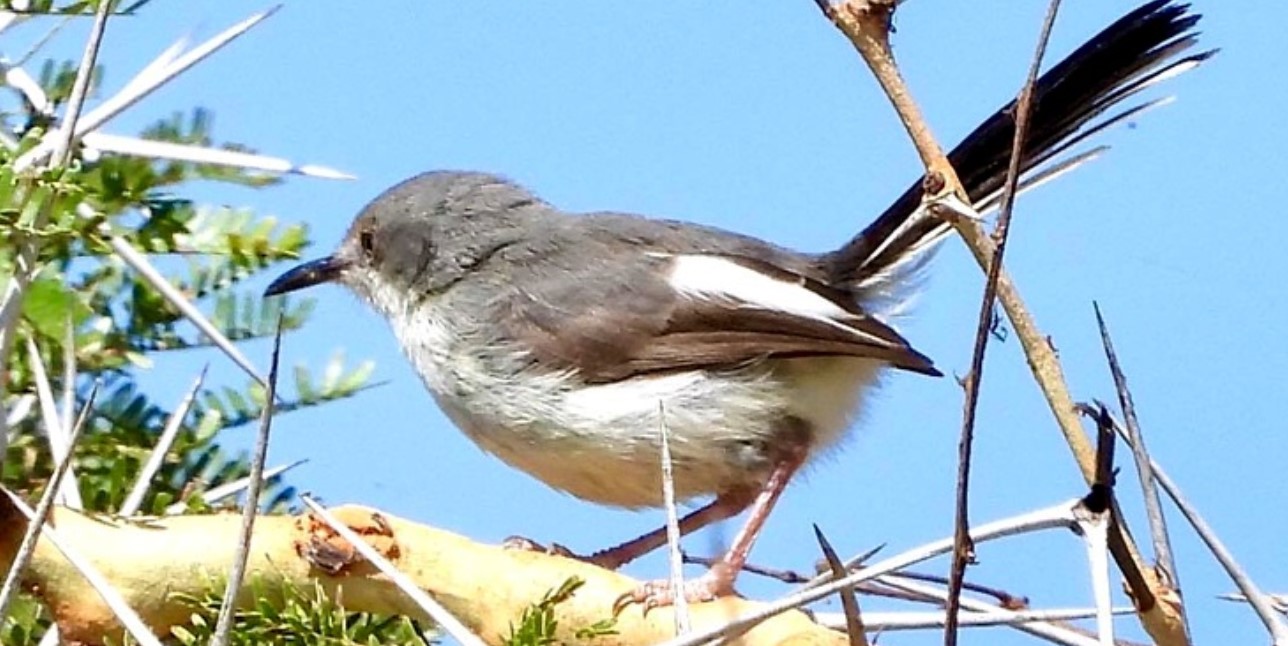
Among the prized sightings are the Abyssinian ground hornbill, Karamoja apalis, and the stunning golden pipit. Raptors soar overhead in impressive numbers—martial eagles, augur buzzards, and the rare Verreaux’s eagle all patrol the skies. During the wet season, migratory species swell the bird count even further, with colorful bee-eaters and rollers adding flashes of brilliant color to the landscape.
The early morning chorus in Kidepo is unforgettable, a symphony of calls echoing across the valleys as the sun rises over the mountains.
Cultural Encounters: The Karamojong and Ik Peoples
No visit to Kidepo is complete without engaging with the region’s indigenous communities. The semi-nomadic Karamojong people, with their distinctive traditional dress and warrior culture, have inhabited these lands for centuries. Many lodges offer cultural visits to Karamojong manyattas (homesteads), where visitors can learn about traditional pastoral lifestyles, intricate beadwork, and the community’s deep connection to their cattle.
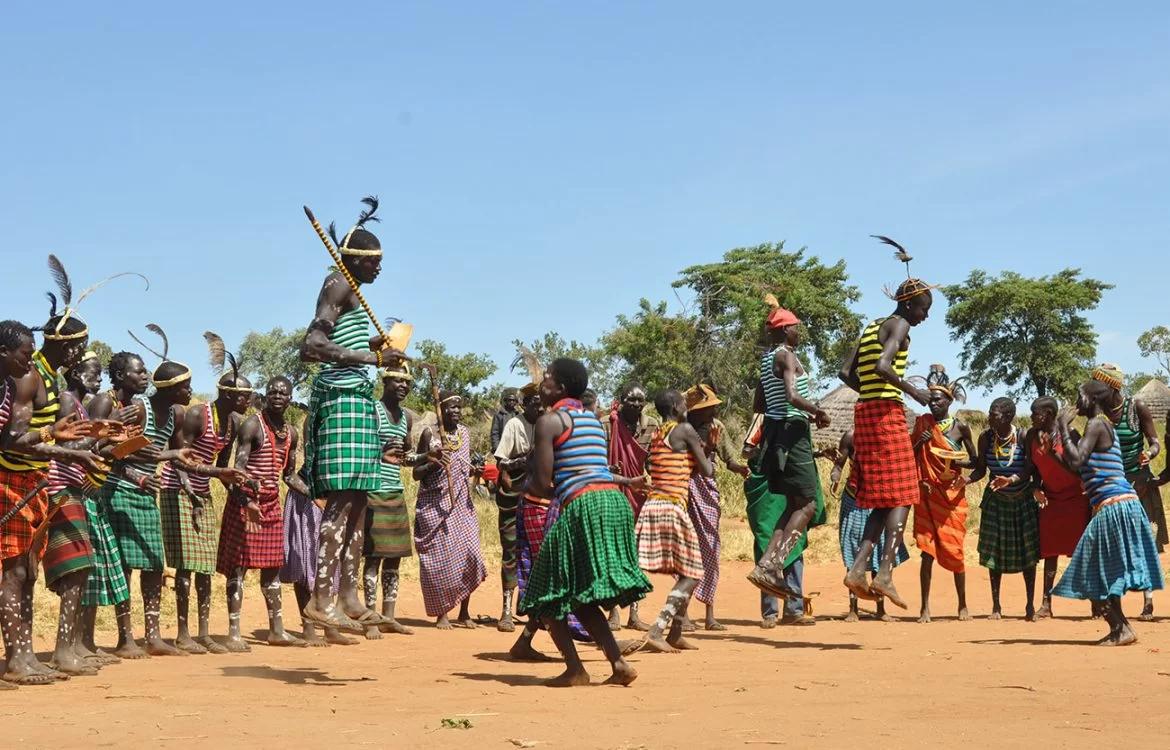
For a more challenging but rewarding experience, guided hikes to the slopes of Mount Morungole offer opportunities to visit the Ik people, one of Uganda’s smallest ethnic groups. The Ik, who number only a few thousand, maintain their ancient traditions despite the pressures of modernization. The trek to their mountain villages is strenuous but provides insights into a rapidly disappearing way of life.
The Best Time to Visit
Kidepo is accessible year-round, but the experience varies significantly with the seasons. The dry seasons, from September to March, offer the best wildlife viewing as animals concentrate around permanent water sources. The sparse vegetation also makes spotting easier, and the weather is generally more comfortable for game drives.
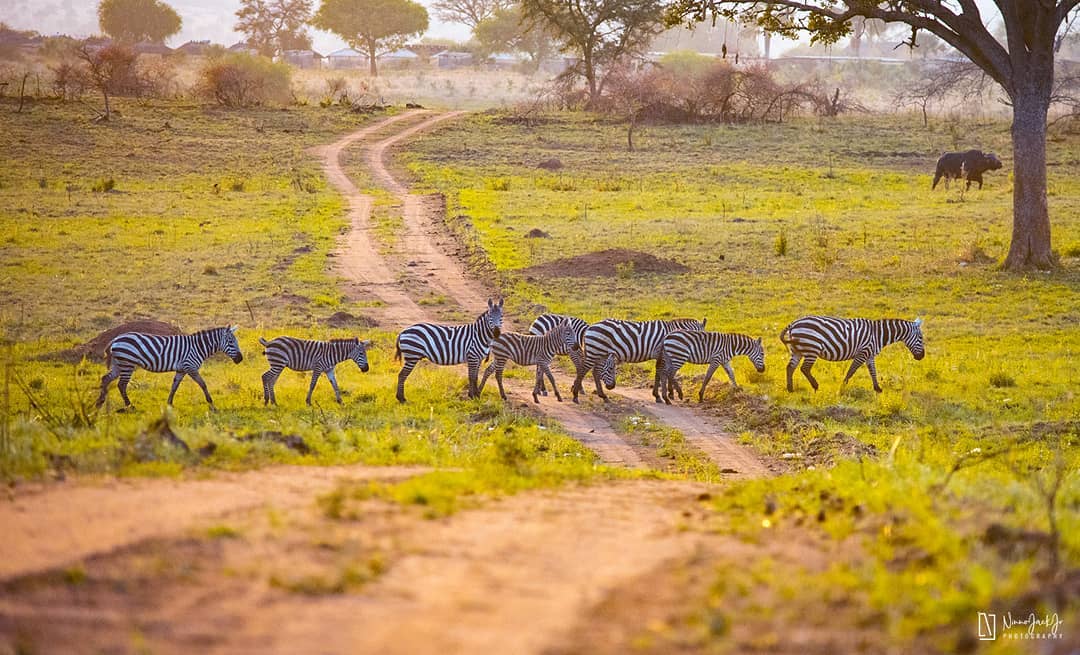
The wet season, particularly April through August, transforms the park into a green paradise. While some tracks may become challenging, the landscapes are spectacular, and this is the optimal time for bird watching. Photographers often prefer the wet season for its dramatic skies and vibrant colors.
Planning Your Escape
Accommodation options in Kidepo range from basic bandas to luxury lodges, all designed to minimize environmental impact while maximizing the wilderness experience. Apoka Safari Lodge and Kidepo Savannah Lodge offer high-end comfort with stunning views, while the Uganda Wildlife Authority’s bandas provide more budget-friendly options.
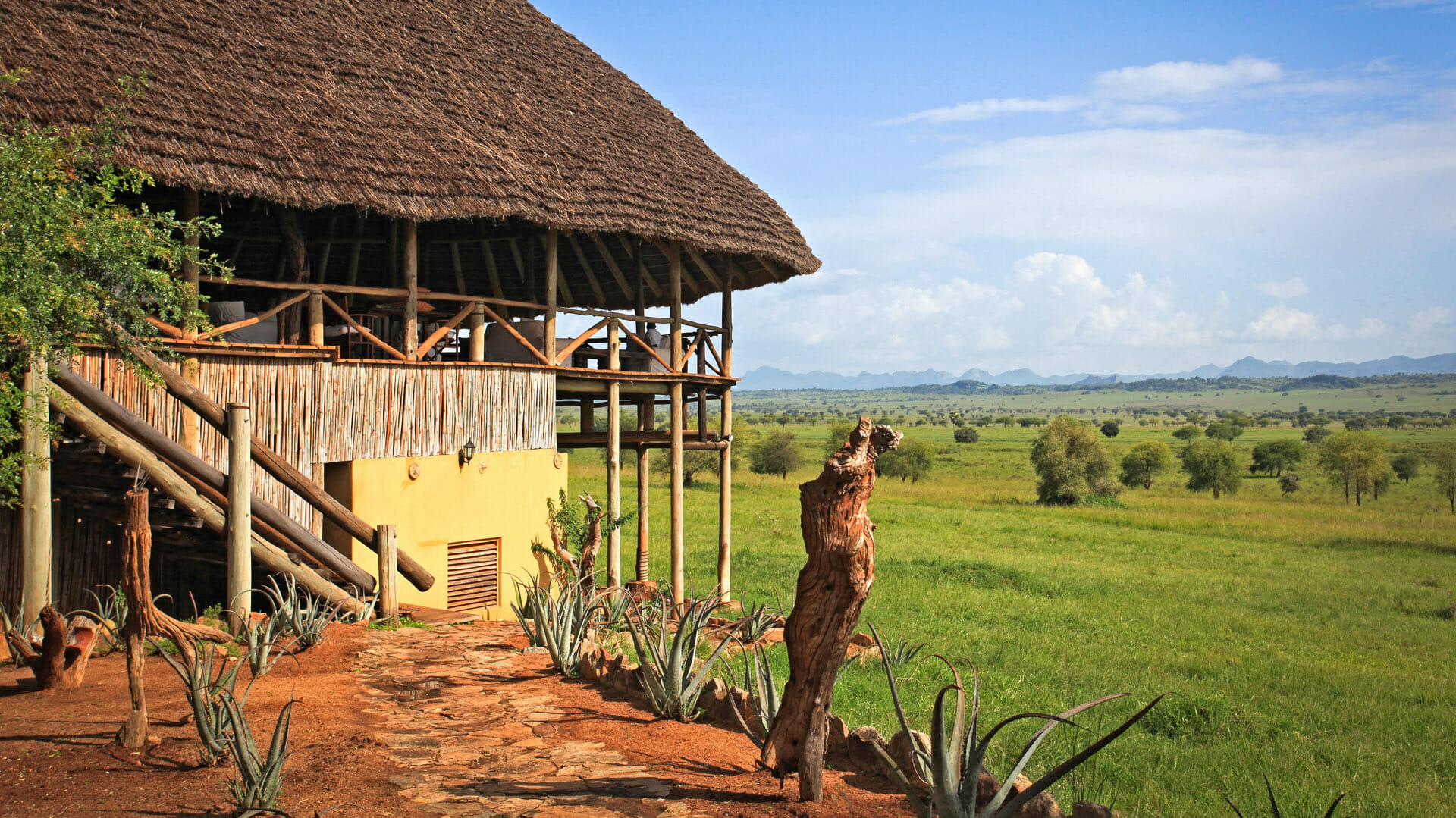
Most visitors combine game drives with guided nature walks, offering different perspectives on the ecosystem. Night drives reveal the park’s nocturnal residents, including leopards, hyenas, and various smaller carnivores. For the adventurous, fly camping under the stars deep in the wilderness can be arranged through specialized tour operators.
Conservation Challenges and Triumphs
Kidepo’s remoteness has been both blessing and curse for conservation efforts. While its isolation protected it from excessive tourism pressure, it also made the park vulnerable to poaching, particularly during Uganda’s turbulent past. Today, improved security and community conservation initiatives have helped wildlife populations recover.
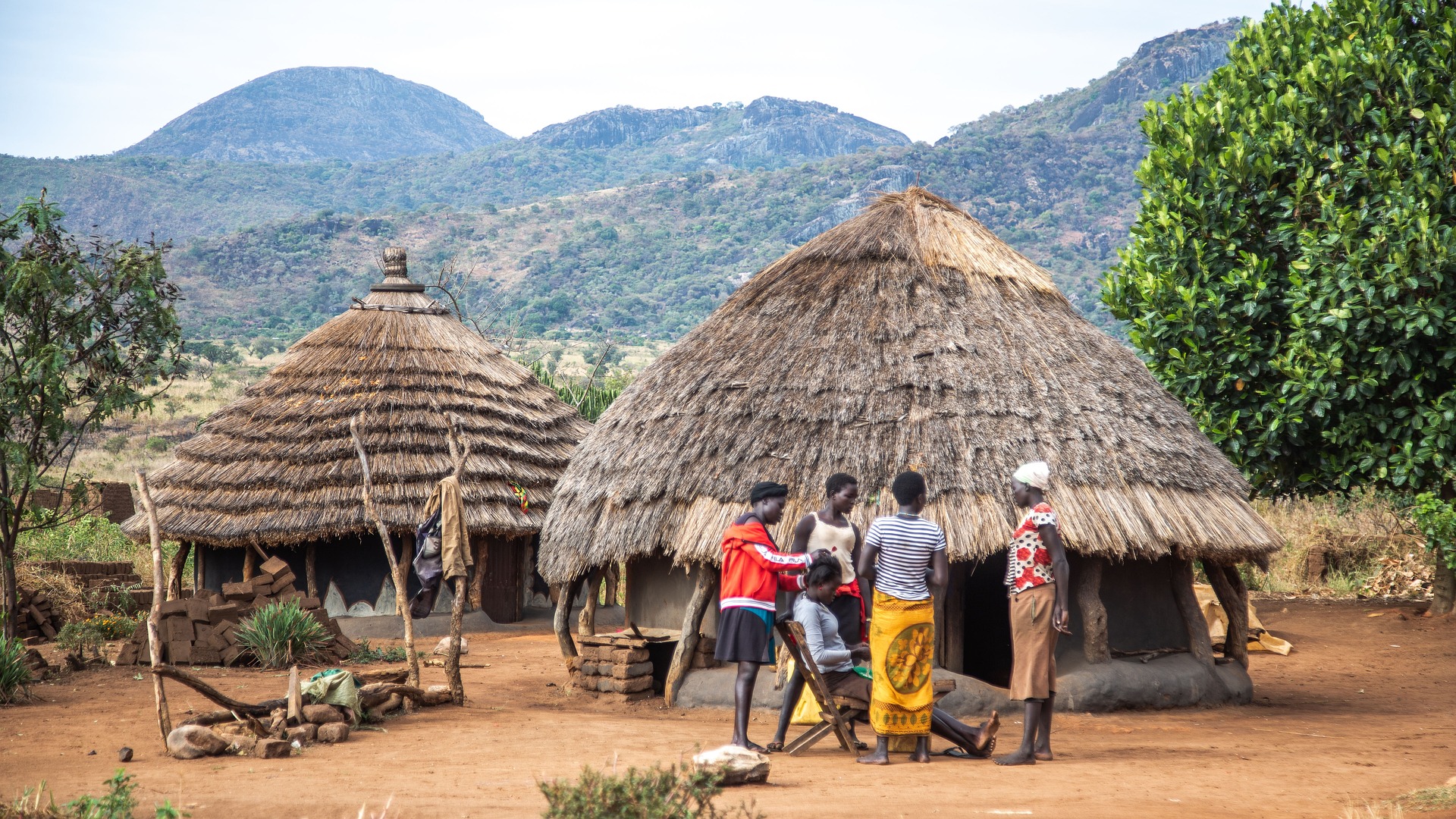
The Uganda Wildlife Authority, supported by various conservation organizations, has invested in ranger training, anti-poaching patrols, and community outreach programs. Local communities now benefit from tourism revenue-sharing schemes, creating economic incentives for conservation.
Climate change poses new challenges, with increasingly unpredictable rainfall patterns affecting water availability and grazing cycles. Conservation managers are working on strategies to ensure the park’s resilience in the face of these emerging threats.
Why Kidepo Matters
In an age when authentic wilderness experiences grow scarcer, Kidepo Valley National Park stands as a testament to what conservation can achieve. Here, wildlife still moves according to ancient rhythms, unmarked by the pressures of mass tourism. The silence of the savannah, broken only by the calls of animals and the whisper of wind through the grass, offers something increasingly precious—a genuine connection with wild Africa.
For travelers willing to venture beyond the well-trodden safari circuits, Kidepo rewards with experiences that linger long after departure: a lioness and her cubs silhouetted against a golden sunset, the thunder of buffalo hooves as a herd crosses the valley, the first light of dawn illuminating Mount Morungole’s slopes, or the simple pleasure of scanning an empty horizon with no other vehicles in sight.
Kidepo Valley National Park isn’t just an escape from crowds—it’s a journey back to the Africa of imagination, where wilderness still means wild, and where the landscape and its inhabitants remain the undisputed masters of their domain. In discovering Kidepo’s untamed beauty, we rediscover what we stand to lose if we fail to protect these last wild places.
The question isn’t whether you should visit Kidepo Valley National Park. The question is: how soon can you go?. You can just rent a 4×4 car with a driver-guide or self drive to Kidepo national park by simply contacting us now via info@ugandasafaribookings.com or calling us on +256-700135510.
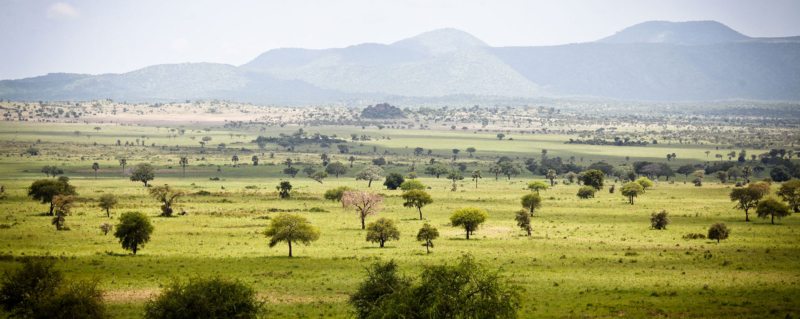
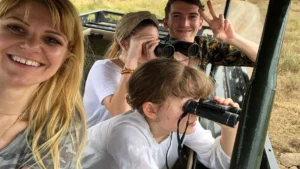

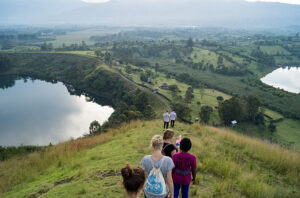
More Articles
Your Safari, Your Schedule: The Rise of Uganda Private Tours
Top 20 Most Popular Wild Animals In Uganda
Beyond Gorillas: Hidden Gem Safaris in Uganda Tourists Miss